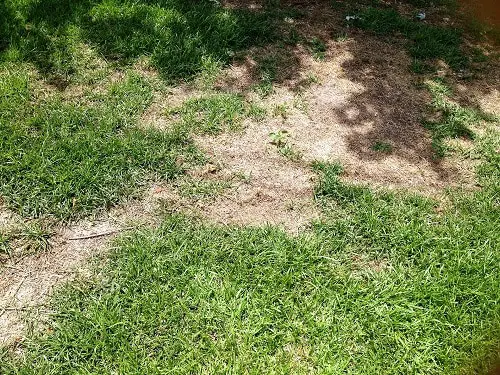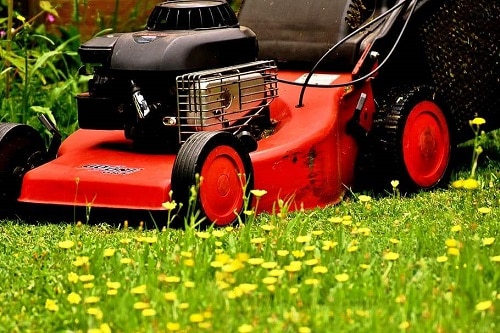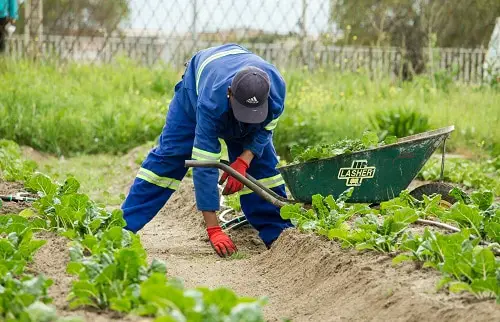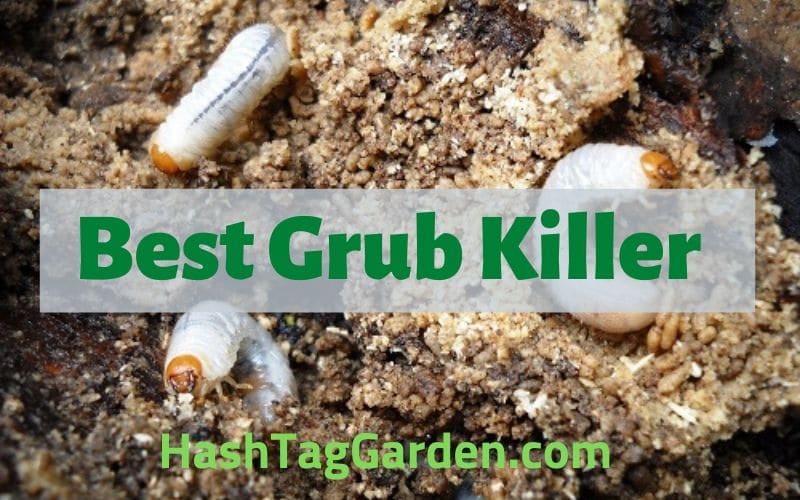Many of you might have heard about white grubs and are also aware of what damage it causes to the lawns. They feed on the roots of the grass and damages your entire lawn or yard slowly.
It is quite difficult to identify them, and sometimes by the time you come to know that there are white grubs present in your lawn, it might become too late.
Noticing the signs of grubs in lawn at the right time is quite essential to take preventive measures against them as early as possible. So, this article will help you in identifying the presence of grubs in your lawn by explaining the signs.
What Are White Grubs?
White grubs are a soft, wrinkly, and plumped C-shaped beetle, and are the larvae of a particular beetle species like the June and Japanese beetles. They are usually half to one-inch in length and has three pair of legs near their brown heads.
They are quite small and live in the soil, so it is not easy to detect them until you see the signs of grub in a lawn. They feed on the grassroots and damage the grass by making them yellow and thin.
During the end of June or at the beginning of July, the grubs lay eggs, which eventually turns into an adult grub after a few weeks, and causes more damage to the lawn.

What Are Signs of Grubs in Lawn?
One of the common signs of grub worms in lawn is wilting of the grass and brown irregular-shaped patches at random sections of the lawn. You will notice that the grass, on the brown patches, has become spongy and can be pulled out quite easily.
If you lift the turf and if it rolls up just like a carpet, then it means that there are grubs present in your lawn. They usually attack your well-irrigated lawn or yard during late summer or early fall.
You may notice another sign which is an increased number of moles, birds, and raccoons digging up the soil of your lawn or yard for eating these white grubs.
They also feed on other worms and insects too, so it’s the best option to inspect the damaged part of the lawn and confirm the presence of the grubs. Without a proper inspection, you can’t find the right solution that can give your plants an ideal boost up.
When you see there are several signs of grubs damage in lawn, then it is time for you to inspect the turf to check the number of grubs living under the soil. Take a spade and dig up the various sections of the sod up to 3-4 inches deep.
Then inspect the soil carefully to check whether there are any white grubs present or not. If there are five or less than five grubs present in per square foot sod, then no treatment is required as the amount is normal.
But if there are more than five grubs present in per square foot sod, then you need to take proper preventive measures against them. Replace the sod squares, and water them to prevent them from drying.
How to Treat the Grubs in the Lawn?
The most effective way to control and to get rid of white grubs is by purchasing the best product to kill grubs and to apply them to the damaged area of your lawn to prevent further increase of the grubs. They come either in granule or liquid form. You can choose the best ones from them, to treat your lawn.
Some of the amazing grub killers are Scotts GrubEx1 and BioAdvanced Grub Killer Plus that helps in making your lawn stronger by killing the young and adult grubs before they cause any damage to it. It is best to apply them in spring and early summer, as grubs are more active during that period.
Conclusion
Everyone loves to have a healthy and green lawn. But for that, you need to take proper care of your lawn and keep the grubs away from it. Grubs can ruin your beautiful lawn/yard if you don’t get rid of them as early as possible. I hope this article will help you in identifying the signs of grubs in my lawn at the right time so that you can save it from getting damaged.






